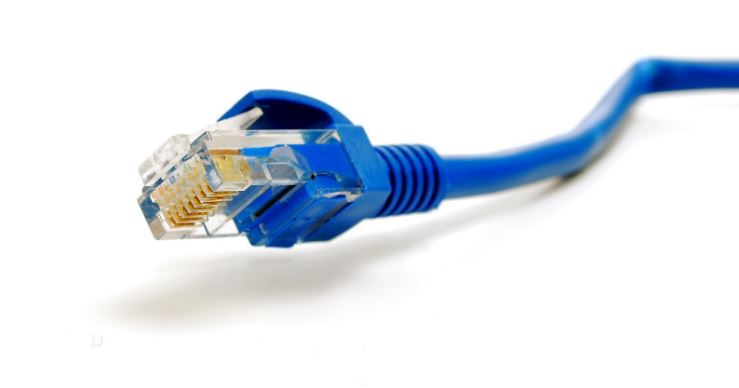
It is very important to understand the differences between these options when you are comparing internet providers and platforms. The more you understand the better chance of choosing the plan that best suits your requirements.
TrueNet have been collecting and analyzing data in New Zealand on Fixed Wireless plans (the mobile 4G network) for the past 4 months and their first report was released earlier this week. The results show Fixed Wireless is generally more comparable to ADSL, is considerably slower than VDSL, and far behind Fibre broadband.

One of the biggest areas to suffer was where ‘time of day’ affected webpage download performance significantly on Fixed Wireless' and Cable (Vodafone's Wellington and Christchurch cable networks).
TrueNet's latency tests show that Fixed Wireless Broadband has the highest Latency (delay) of all the technologies. Latency limits the maximum rate that information is transmitted across the Internet, which in turn affects the speed of webpage downloads, and the performance of online gaming sites.
Some topline reports are shown below which compare the different broadband connection types and you can visit our TrueNet pages for the latest news on the fastest ADSL broadband, fastest VDSL broadband and fastest Fibre broadband by clicking here or on the relevant link.

Thanks to Truenet for supplying this data. The funding of most probes used in ADSL, VDSL Cable and Fibre are by the Commerce Commission. Most of the Fixed Wireless probes were funded by Chorus.
Fixed Wireless broadband (referred to as Wireless in the speed charts below) is a connection that uses radio signals rather than fixed phone lines, cable or fibre. This means it can be subject to interference such as weather, local demand from other users, or local topography - including buildings, hills or even trees and hedges. A major benefit is that the gateway (modem/router/wifi) can be moved to different locations in your house and across the country because it only needs to be connected to power and be able to receive a ‘mobile’ signal.
For many rural broadband users, fixed wireless is often the only other option available for rural customers. Fixed Wireless Broadband relies on a 4G network, so a good approximation of the quality of signal you could receive would be how good the signal strength on your smartphone is.
With all that in mind, for some Kiwis, Fixed Wireless is still the very best solution because they move regulalry, don't use the web for streaming or game playing and only have a small data consumption.
Leading providers are Skinny and Spark. Compare their plans on Broadband Compare.
DEFINITION OF SPEED: For webpage speeds TrueNet measure the average speed of the page, taking the timing from the first packet to the last. TrueNet choose a single page from a website that is approximately the same size as other pages, and likely to be active. For file download speed TrueNet measure the best quartile speed for any download, which they refer to as the "Peak speed", these charts refer to the median of those measurements for each panelist, averaged over all panelists.
TrueNet use webpage viewing as the metric because this is critical to using the internet. We shop, follow the news, and view social media on websites. All technologies show some reduction in performance during the busiest hour, which is about 9pm, but Cable and Fixed Wireless have a much longer drop in performance. It starts in the early morning and lasts all day, with cable dropping to 90%, and Fixed Wireless to 85% of their available speeds at peak times.
Please visit the TrueNet site for more information.